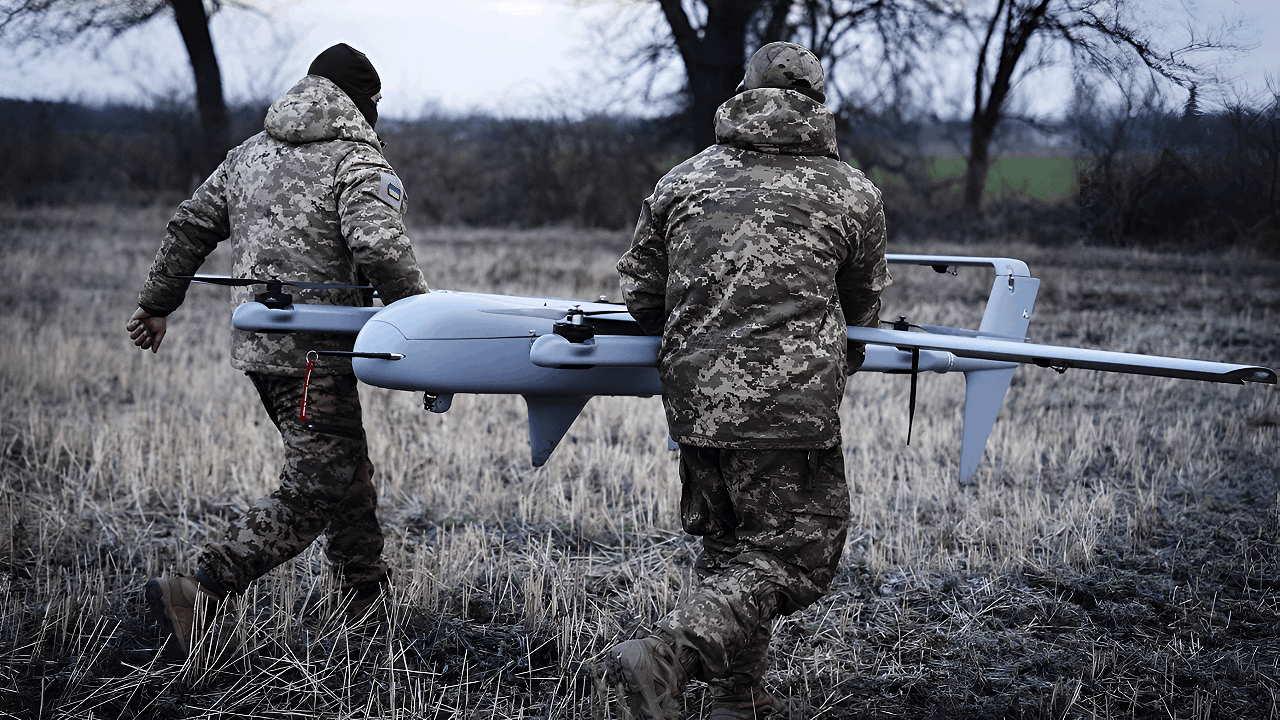
On Oct. 19–20, 2025, Russia unleashed a massive night assault on Ukraine’s power network. Three ballistic missiles and about 60 attack drones (primarily Iranian-made Shaheds) were launched from Crimea and nearby Russian regions.
Ukraine’s air defenses shot down 38 drones, but the rest (3 missiles and ~20 drones) hit targets, cutting electricity for hundreds of thousands.
Escalating Strikes on Energy
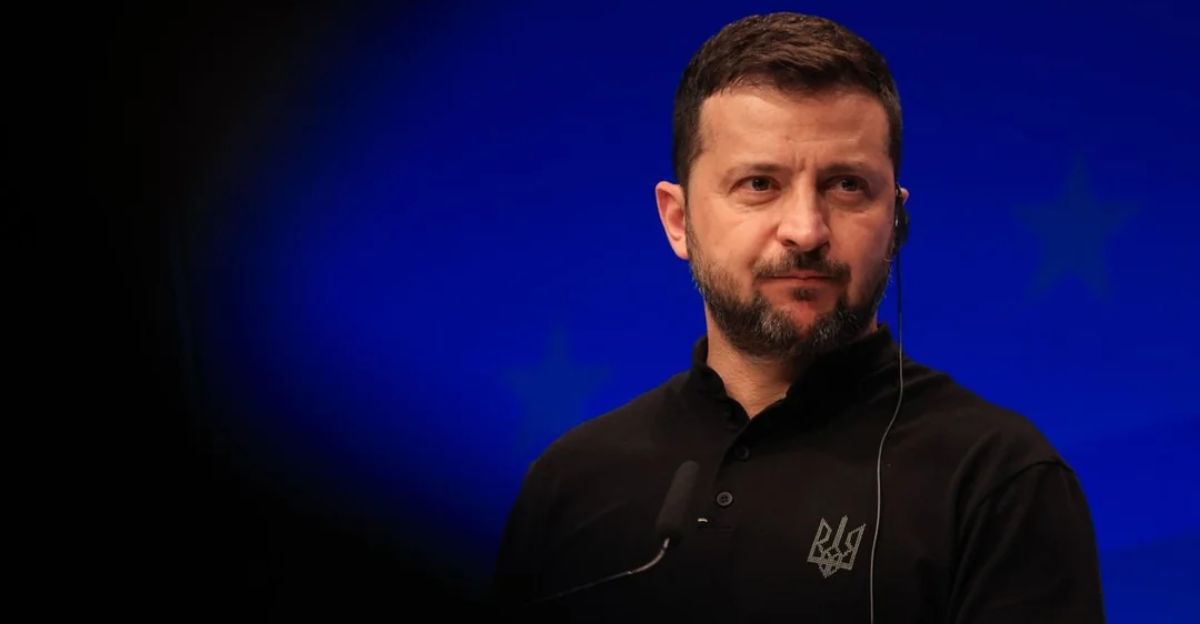
This attack capped a month-long escalation of strikes on Ukraine’s energy grid. Officials note that Russia has intensified attacks on energy systems as winter approaches. President Zelensky warned that with a cold snap, even small outages can cripple heating and services.
He said attackers “can’t demonstrate anything real on the battlefield… so they will attack our energy sector”, illustrating the Kremlin’s strategy to pressure civilians.
Rising Drone Warfare
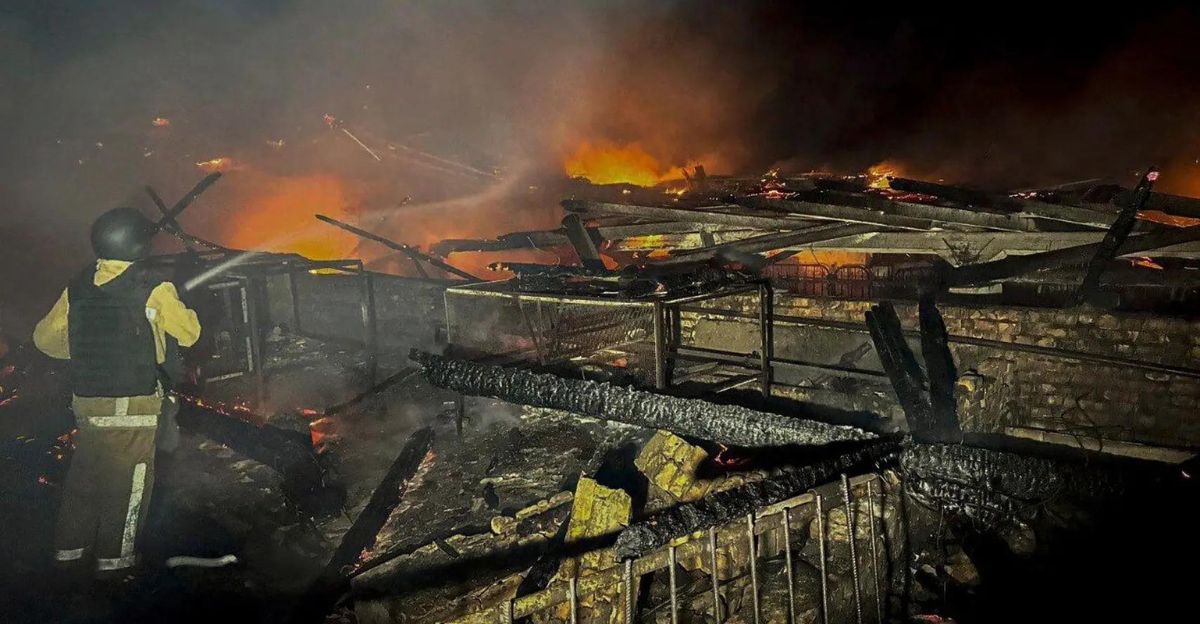
Since Russia’s full-scale invasion in Feb 2022, drone attacks have skyrocketed. For instance, on Oct. 3, Russia hit Kharkiv and Poltava gas fields with 35 missiles and 60 drones – dubbed “the most massive” such strike by Ukraine’s Naftogaz.
Earlier, some 580 drones and 40 missiles attacked Ukraine in one night. The Oct. 20 barrage fits this pattern of ever-larger assaults.
Grid Under Siege
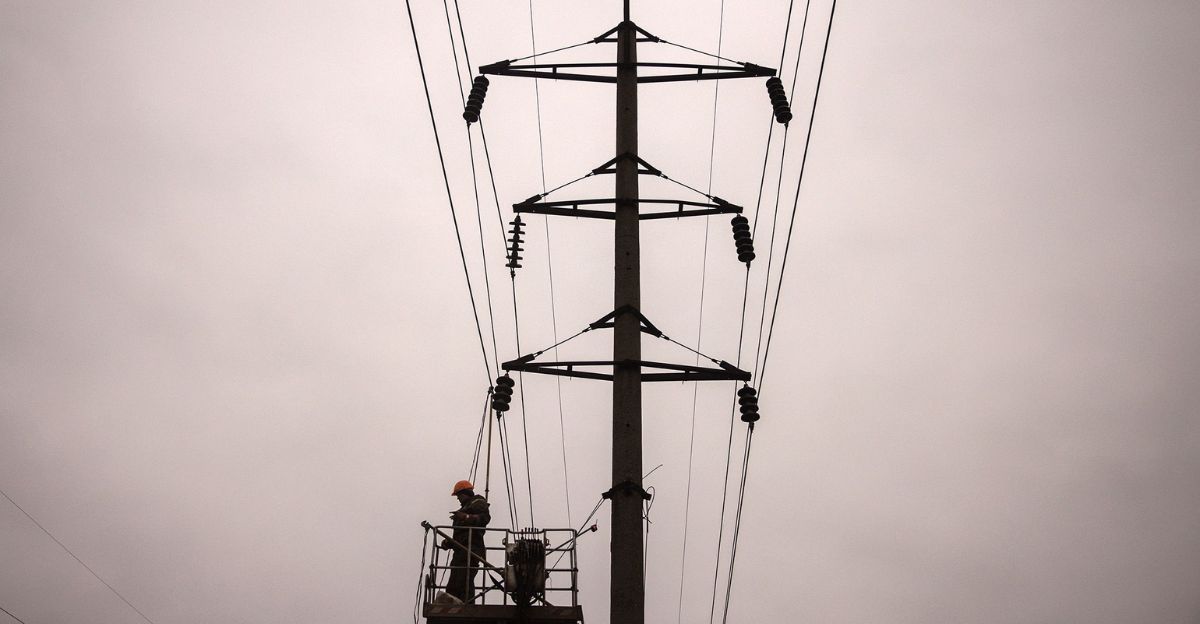
Ukraine’s power grid was already under pressure before the strike. With winter near, demand is rising, and each attack is more damaging. President Zelenskiy noted that Russia even used small FPV drones to hit critical transformers.
Officials warned a series of strikes could trigger humanitarian crises – cutting heat and water for hospitals and homes – unless defenses improve.
Record-Scale Barrage
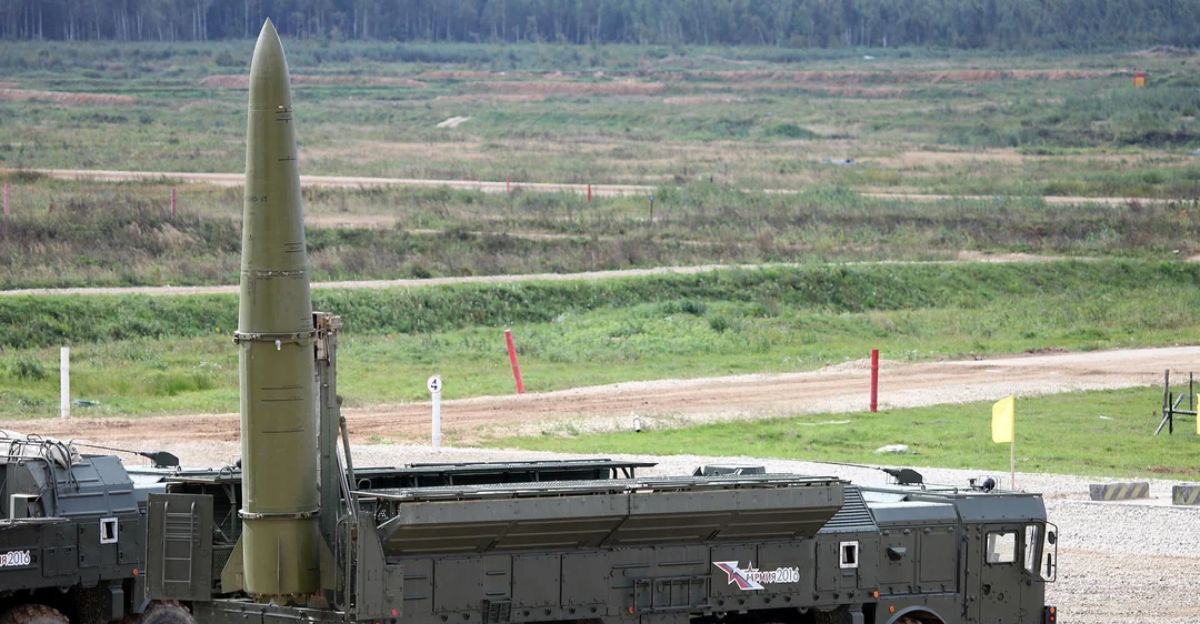
On Oct. 19–20, Russian forces launched the largest drone attack of the month. The Ukrainian Air Force reported three Iskander ballistic missiles plus ~60 strike drones fired overnight.
By morning, air defenses had destroyed 38 drones, but the remaining weapons struck 12 locations. This was by far the biggest single strike on energy infrastructure in October.
Regional Disruptions

Northern regions bore the brunt. Chernihiv Oblast lost virtually all power – Reuters reported “hundreds of thousands” in the region without electricity after the strike. Emergency crews worked through the night to repair lines.
Meanwhile, transport hubs felt the blow: Russian drones struck a rail substation in Chernihiv and damaged port facilities. Trains ran on reserve engines, and some ports briefly halted, underscoring vulnerabilities in supply chains.
Lives Disrupted
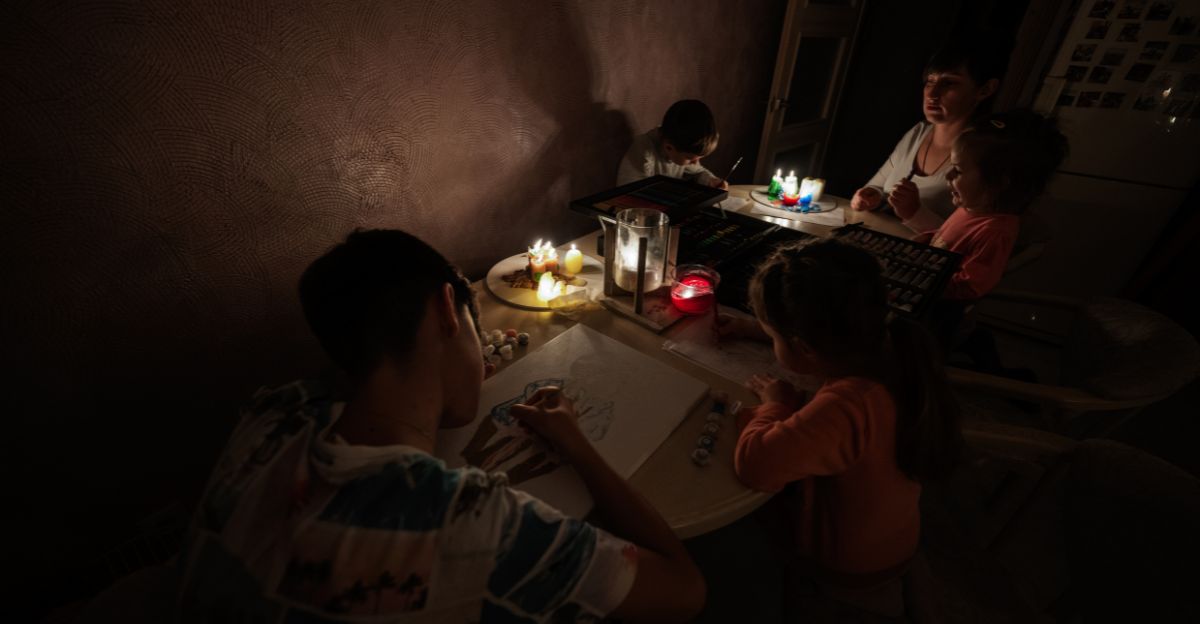
Civilians shared grim testimony. A Kyiv pensioner said “By 3:30 we had no electricity, no gas, no water” as he scrambled for supplies. In Chernihiv, one mother described: “One child didn’t go to nursery… no power, another didn’t go to school… no lessons”.
These accounts highlight the human cost and anxiety caused by the strikes on day-to-day life.
Defending the Skies

Ukraine’s forces rapidly repelled much of the attack. Officials said fighter aircraft, ground-based missile batteries and electronic warfare units combined to fend off the raid.
In all, 38 of the 60 incoming drones were destroyed or jammed. Still, commanders warn Russia’s evolving tactics and numbers may soon outpace current defenses. Western partners continue supplying Patriot and other systems to help Ukraine boost its air shield.
Collateral Infrastructure
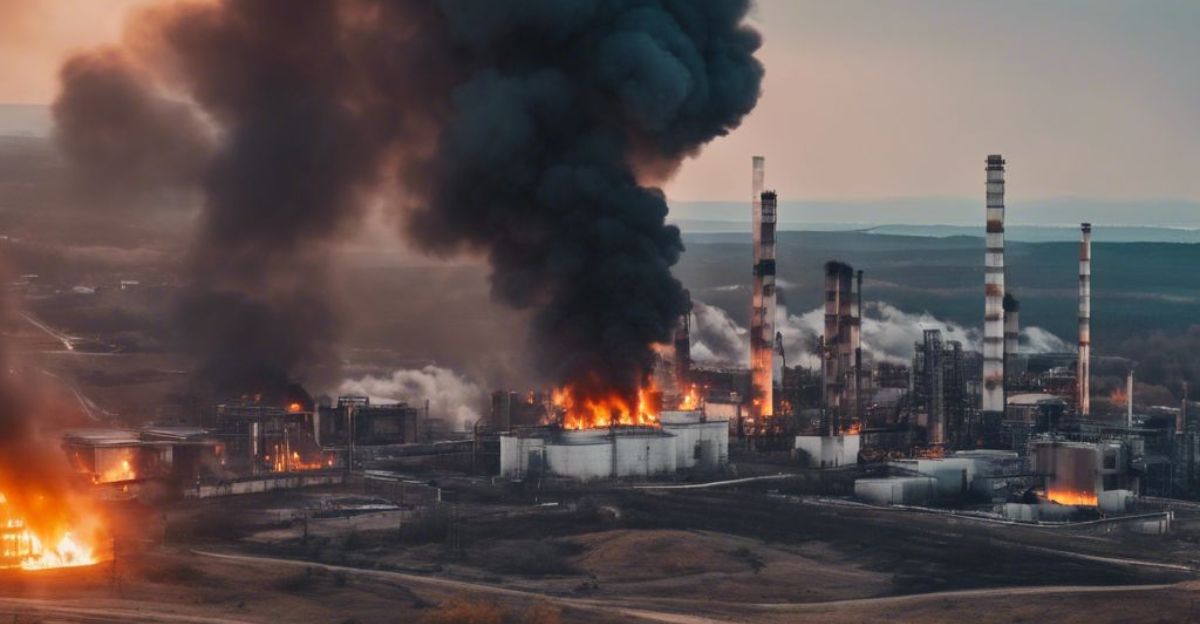
The assault also hit non-energy targets: shopping areas, rail yards, and ports. In one southern city, a drone fire engulfed an apartment block and destroyed a supermarket. Ships and trains were delayed when the docks and tracks lost power.
Deputy PM Oleksii Kuleba noted, “Russia is deliberately striking our transport arteries… But even under fire, the system keeps working”. Even amid terror, Ukraine’s critical networks showed resilience.
Government Response

Ukraine’s leadership condemned the attack. President Zelensky said the strikes were designed to “terrorise civilians and destroy our infrastructure”, and urged more air defenses from allies. Foreign Minister Sybiha wrote that Putin “pretends to be ready for diplomacy… while in reality this night launched a brutal missile and drone attack”.
Energy officials like Minister Hrynchuk met G7 envoys, stressing that more missile defense batteries must be sent to protect Ukraine’s grid.
Emergency Repairs

Teams rushed to restore power. Ukrenergo said its engineers were “doing everything possible to return the equipment damaged by the enemy to operation as soon as possible”. Crews worked 24/7 to fix downed lines and substations, even as the threat of drones lingered.
Spare transformers and generators were airlifted in. International aid – from spare parts to fuel – began arriving to speed up recovery in blackout zones.
Defense Challenges Ahead

Military experts warn Ukraine’s defenses must evolve. Gen. Oleksandr Syrskyi noted air defenses are only about 74% effective and “we must make further efforts to protect… energy facilities”. President Zelenskiy also cautioned, “No one in the world has enough missiles to shoot down all different types of drones”.
Analysts say Ukraine needs multi-layered systems – from close-range guns to laser weapons – to counter Russia’s growing drone swarms.
Rebuilding Resilience
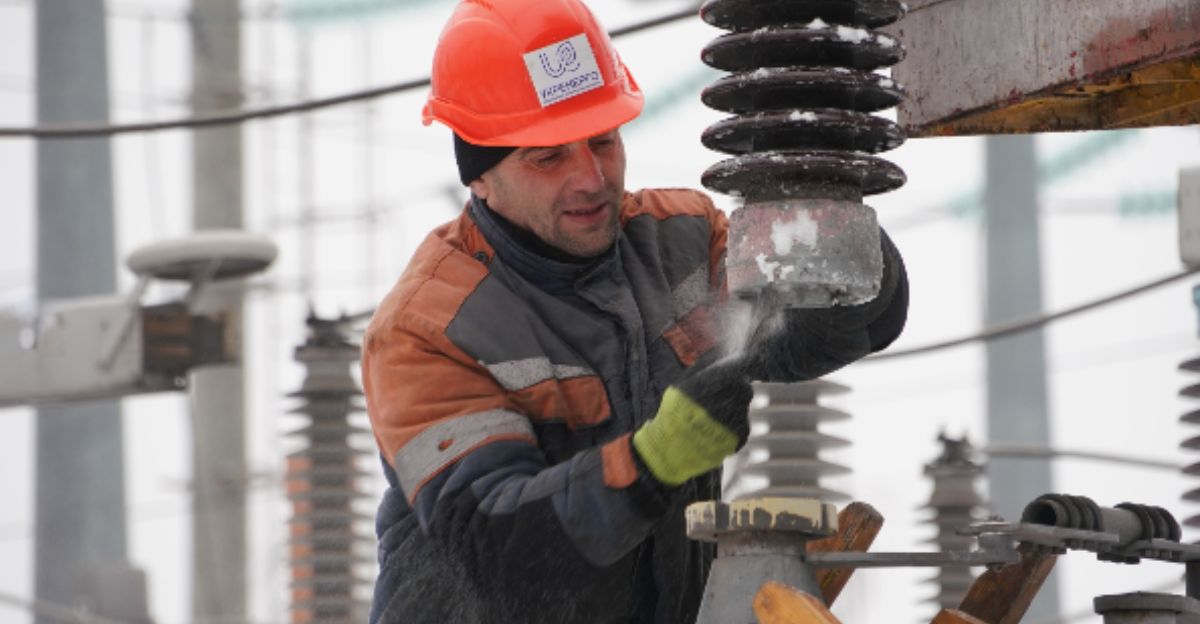
Long term, Ukraine and its partners are shoring up the grid. An international Energy Support Fund has mobilized roughly €1.3 billion for winter preparedness, financing repairs and backup power. Projects include hardening substations, restoring generators and installing solar/wind systems at hospitals.
Energy Community director Artur Lorkowski said this aid “shows what international solidarity can achieve” in keeping Ukraine powered through the cold.
Strategic Context
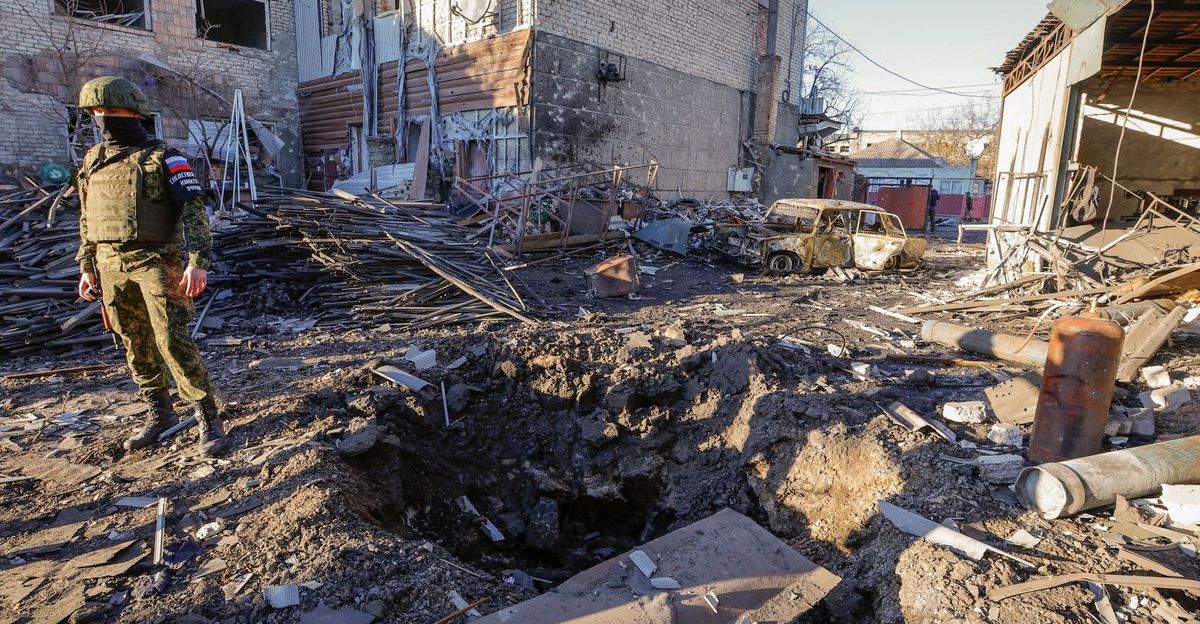
Analysts say Moscow’s strategy is clear: with ground gains stalling, striking heat and power aims to wear Ukraine down before winter. Russia’s strikes have repeatedly targeted civilian infrastructure – “consistently hit Ukrainian energy facilities since… 2022” – even as it pursues diplomacy.
This campaign is thus both a weapon of war and terror, underscoring that the conflict’s front lines now stretch to every Ukrainian city and village.
Moving Forward
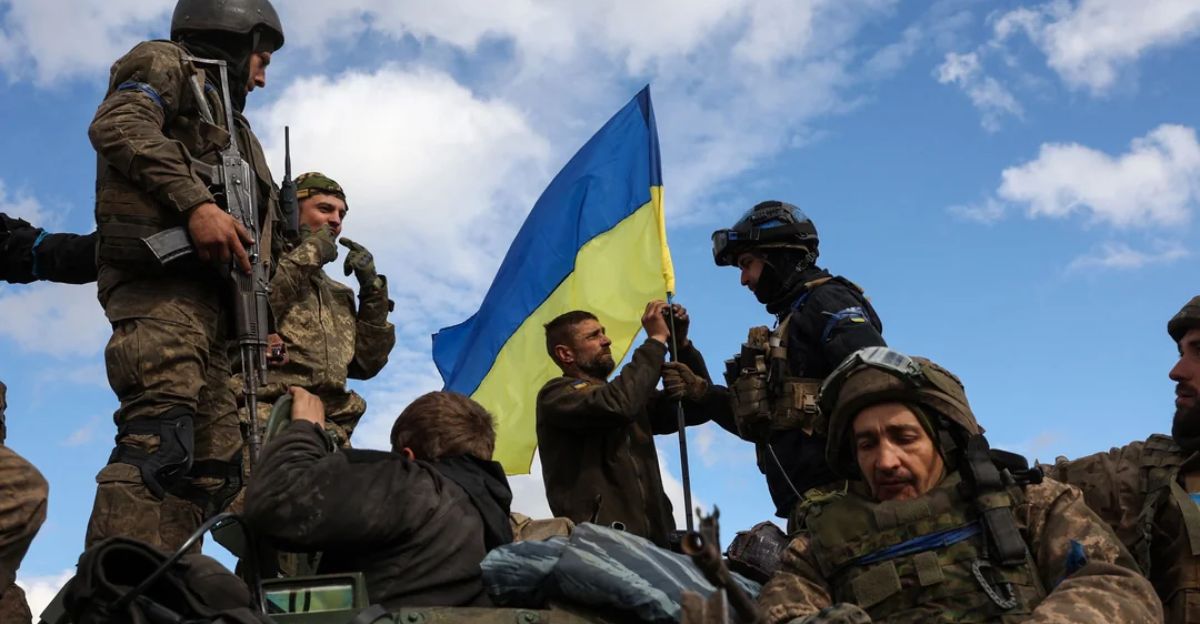
For now, Ukraine’s story ends on a note of resilience. Crews have restored much of the blackout in record time, and communities are holding together. As President Zelenskiy said after earlier attacks, “The blow is strong, but it is definitely not fatal”.
With new defenses arriving and international support flowing, Ukraine presses on. The worst of this blackout has passed – the war continues, but so does Ukraine’s determination to prevail.